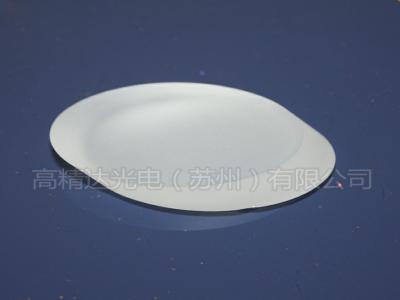1、 Technical principleOptical lens manufacturer
For aspheric lens, the radius of curvature changes with the center and mandrel to improve optical quality, reduce optical components, and reduce design cost. Aspheric lens has unique advantages over spherical lens, so it has been widely used in optical instrument, image and optoelectronic industry, such as digital camera, CD player and high-end microscopic instrument.Optical lens manufacturer

A spherical aberration calibrationOptical lens manufacturer
Aspherical lens is used to replace spherical lens, Zui its remarkable advantage is that it can correct the spherical aberration caused by spherical lens in collimation and focusing system. By adjusting the surface constant and aspherical coefficient, the aspherical lens can eliminate the spherical aberration to a great extent. As shown in Figure 2, the aspherical lens on the right (light converges to the same point to provide optical quality) is basically eliminated, except for the spherical aberration generated by the spherical lens on the left (light converges to different points, resulting in blurred imaging).
3. Three lens optical system
3. Three spherical lenses are used to increase the effective focal length for eliminating spherical aberration. However, an aspheric lens (high numerical aperture, short focal length) can be realized, which simplifies the system design and provides light transmittance.
b. System advantages
Aspherical lens simplifies the elements involved by optical engineers in order to improve the optical quality, and improves the stability of the system. For example, in a zoom system, usually 10 or more lenses are used (additional: high mechanical tolerance, additional assembly procedures, and improved antireflection coating). However, one or two aspheric lenses can achieve similar or better optical quality, so as to reduce the system size, improve the cost rate, and reduce the overall cost of the system.